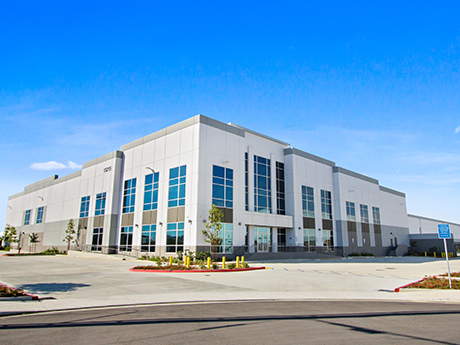— By Christopher J. Destino, Principal, Lee & Associates —
The geographic area along the border of Los Angeles and Orange County is locally known as the Mid Counties market. This region currently boasts about 130 million square feet of industrial real estate, thanks to its prime location. This is a location that’s only 25 miles from the ports of Long Beach and Los Angeles, and 20 miles from Los Angeles International Airport (LAX).
Like many other parts of the U.S., Mid Counties has begun to see the effects of continued economic uncertainty and a rising interest rate environment. It faces challenges like land scarcity and limited newly constructed buildings to accommodate the growing demand. Thankfully, this area still typically delivers 200,000 to 500,000 square feet of new construction annually (2018 was abnormally high with about 2 million square feet added).
One recent deal worth noting is the 94,000-square-foot, Class A industrial distribution building in Santa Fe Springs from Panattoni that leased to BeBella Cosmetics for $2.05 per square foot net per month with an option to purchase at $577 per square foot. Another new development example is the 146,617-square-foot building that Duke Realty developed and leased to Weee!, a food distribution company, after the building’s first tenant encountered financial trouble that caused them to vacate. The building was released quickly at $2 per square foot net per month. This property was then acquired by Prologis when Prologis purchased Duke Realty. These deals are clear examples that while the economy might be undergoing changes, it has not resulted in any significant sticker price reductions in this region.
Existing building ownership is dominated by large landlords like Prologis, Blackstone’s LINK Industrial division and Rexford Industrial, which has been the most active and aggressive buyer of industrial property in Southern California over the past 15 years.
One trend we have seen over the past several years is the conversion of older buildings into more functional distribution assets. As long as the building has a minimum 20-24’ ceiling clearance, we are seeing owners add truck loading positions, improve sprinkler calculation capacity and reduce the office footprint to accommodate users who have fewer employees but more boxes to move through loading doors.
There is a slight discount from these second- and third-generation buildings compared to new construction, but both lease rates and sales values have maintained through the first half of 2023. Still, downward pricing pressure persists, especially in the investment acquisition arena as compared to owner-user purchases. Tenants are looking for more flexibility to determine where their inventory levels will be in the next 36 to 60 months. The region’s vacancy currently sits at 2 percent to 3 percent. In comparison, we were operating in a 1 percent environment for much of 2022.


